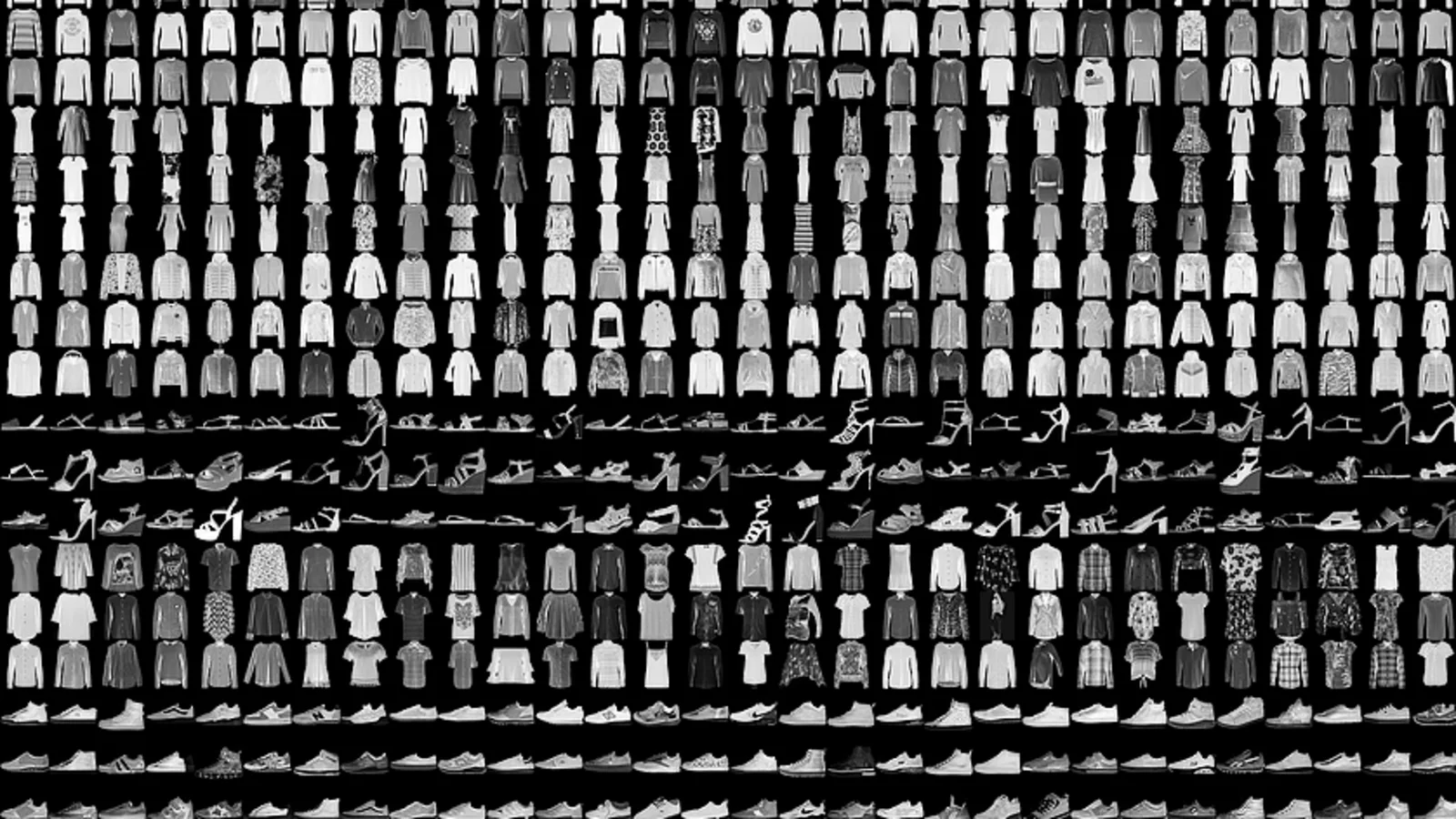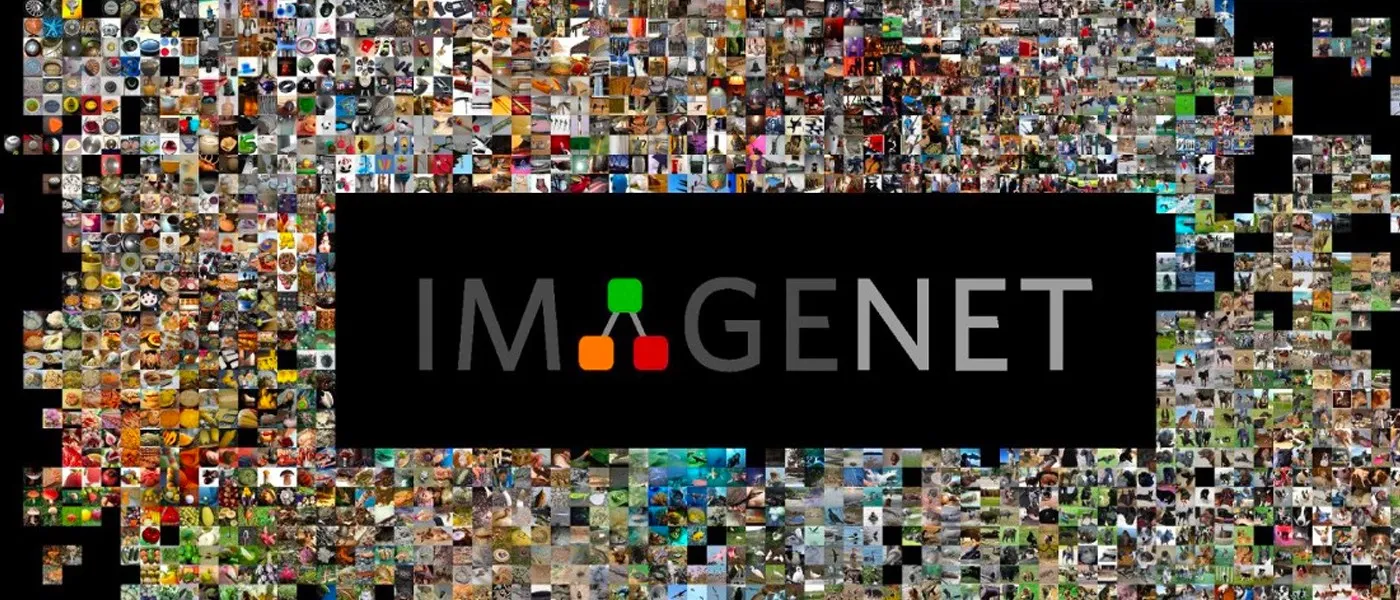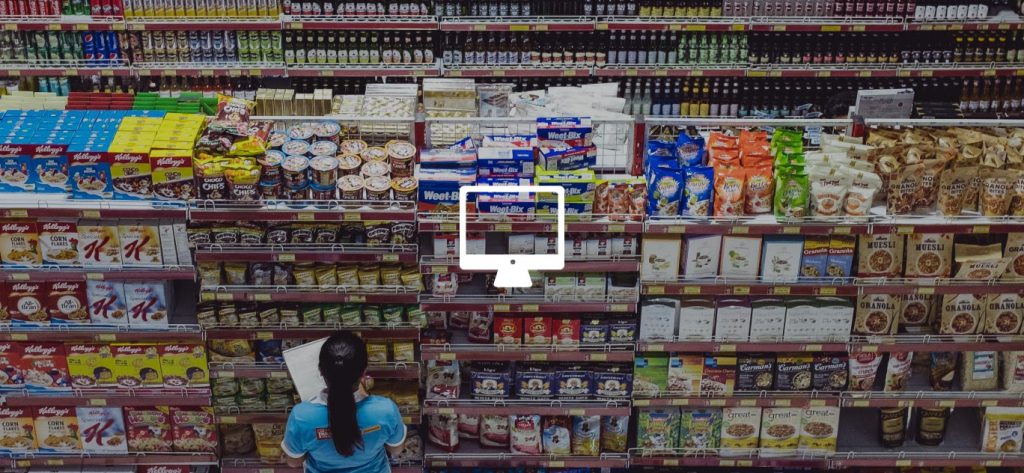7 Retail Datasets for Computer Vision Projects
Explore the top retail datasets like Fashion-MNIST, COCO, ImageNet, and others, enabling businesses to train computer vision models for object detection, image classification, and customer analysis to optimize retail operations.

Computer vision technology has revolutionized the retail industry, enabling businesses to understand their customers better, optimize operations, and enhance the overall shopping experience. One of the keys to developing successful computer vision solutions is access to high-quality, diverse datasets.
This blog will explore some of the top retail datasets that can be used for computer vision projects, including their features, benefits, and potential use cases. Whether you are a researcher, data scientist, or business owner looking to implement computer vision in your retail operations, this blog will provide valuable insights into some of the most promising datasets available today.
Why should you consider Retail Datasets for Computer Vision Projects?
For the purpose of creating computer vision models that can improve business results, retail databases are a priceless resource. Consider leveraging retail datasets for machine vision studies for the following reasons:
1. Real-world Scenarios
Retail datasets are gathered from actual circumstances, giving a more accurate and realistic depiction of the difficulties experienced by companies in the sector. These datasets include a variety of photos and videos that can be used to teach computer vision models how to recognize various items, spot patterns, and recognize trends in consumer behavior.
2. Improved Accuracy
The accuracy of computer vision models can be increased using retail datasets since they offer a wider and more varied training data set. With additional data, computer vision models can improve their ability to distinguish between various things and recognize patterns and trends.
3. Cost-effective
Large dataset collection and labeling can be a time-consuming and expensive procedure. Existing retail datasets can be used to obtain a substantial and varied data set at a reasonable cost without requiring extra resources.
4. Faster time-to-market
Retail datasets offer a ready-to-use set of data that can be utilized to train computer vision models, which can expedite the development process. This can assist companies in developing innovative computer vision solutions more quickly and gaining an advantage over rivals.
5. Use Cases
Computer vision applications such as object detection, image classification, facial recognition, and consumer behavior analysis can all be performed on retail datasets. Businesses may create solutions that can assist in optimizing operations, enhancing customer experience, and boosting revenue growth by utilizing these datasets.
In conclusion, organizations can get a variety of advantages from using retail datasets for computer vision projects, including increased accuracy, a shorter time to market, cost savings, and access to real-world scenarios.
Our easy-to-use SaaS platform helps you label datasets quickly and accurately. Save time and improve your models—Try Labellerr free today
Top 7 Retail Datasets for Computer Vision Projects
Computer vision is a field of artificial intelligence that involves the processing and analysis of visual data. With the increasing use of computer vision in retail, there is a need for relevant datasets that can be used for training and testing machine learning models. In this answer, we will discuss the top 7 retail datasets for computer vision projects in complete detail.
1. Fashion-MNIST

Fashion-MNIST is a dataset of images of clothing items, including dresses, shirts, shoes, and more. It contains 60,000 training images and 10,000 testing images. Each image is 28x28 pixels in size and has a grayscale format. Fashion-MNIST is a popular dataset for training and testing image classification models.
2. COCO

COCO (Common Objects in Context) is a large-scale object detection, segmentation, and captioning dataset. It contains over 330,000 images with over 2.5 million object instances across 80 object categories. COCO is commonly used for training and benchmarking object detection and segmentation models.
3. ImageNet

ImageNet is a dataset of over 14 million images organized into over 21,000 categories. It is widely used for training and benchmarking image classification models. ImageNet has been instrumental in advancing state-of-the-art in computer vision.
4. Open Images

Open Images is a dataset of over 9 million images annotated with object-bounding boxes, segmentation masks, and visual relationships. It covers many object categories and is commonly used for training and benchmarking object detection and segmentation models.
5. Retail-Product-Detection

Retail-Product-Detection is a dataset of over 20,000 images of retail products in stores. It contains images of various products, including groceries, electronics, and personal care items. The dataset is annotated with bounding boxes around the products, making it suitable for training object detection models.
6. Walmart Product Recognition Challenge

The Walmart Product Recognition Challenge is a dataset of images of products sold in Walmart stores. It contains over 1 million images of 3,000 different products. The dataset is annotated with product categories, making it suitable for training image classification models.
7. DeepFashion

DeepFashion is a dataset of images and attributes of clothing items. It contains over 800,000 images of clothing items and their attributes, including style, color, and texture. The dataset is commonly used for training and benchmarking fashion-related computer vision models, such as clothing retrieval and attribute prediction.
How to use Retail Datasets for Computer Vision Projects?
For computer vision applications, using retail datasets often entails a number of processes. A broad overview of how to use retail datasets for computer vision applications is provided below:
- Obtain a Retail dataset: Look for retail datasets that are freely accessible online or think about buying one from a data supplier. The Retail-Product-Detection-Dataset, the iMaterialist Fashion Dataset, and the Walmart Product Dataset are a few examples of well-known retail datasets.
- Prepare and Comprehend the dataset: It's essential to prepare and comprehend the dataset before beginning the task. This includes preparing the data, dealing with missing numbers, and investigating the dataset's structure and substance. Recognize the information, labels, and annotations attached to the photos.
- Divide the dataset: Create training, validation, and testing sets from the dataset. Your computer vision model will be trained using the training set, validated using the validation set to fine-tune hyperparameters and monitor performance as it develops, and tested against the testing set to determine how well it performs in practice.
- Task Definition And Model Architecture: Choose the precise job that your computer vision project will attempt to do. It might involve any relevant job, such as product recognition, object detection, or picture categorization. Select a convolutional neural network (CNN) architecture like ResNet, VGGNet, or EfficientNet as the best fit for your purpose.
- Perform Data Augmentation: Use strategies for data augmentation to broaden and diversify your training dataset. Random translations, flips, rotations, brightness tweaks, and picture cropping are typical methods. As a result, the model can manage various variances in real-world data and generalize more effectively.
- Develop the model: To train your computer vision model, use the training dataset and the model architecture of your choice. To reduce the discrepancy between anticipated and actual labels, modify the model's parameters based on a loss function and optimization technique (such as stochastic gradient descent).
- Fine-tune the Model: Validate and fine-tune your model by evaluating its performance during training using the validation set. Keep an eye on measures like F1 score, recall, accuracy, and precision. Based on the results of the validation, fine-tune your model's hyperparameters, such as learning rate, batch size, or regularisation methods, to increase performance.
- Test: Use the testing set to gauge the model's ultimate performance when training is finished and you are pleased with its performance on the validation set. Calculate several metrics to judge its precision, applicability, and robustness.
- Deploy the Model: Deploy the model in a production setting or use it for inference on fresh, unexplored data once it has been tested and found to match the appropriate performance requirements. This can entail including it in an application, using it for in-app object identification, or using it for any other pertinent use case.
Remember that the particular implementation details may vary depending on the framework or libraries you use, such as TensorFlow, PyTorch, or Keras. Additionally, you must make sure that you adhere to any licensing requirements or use limitations related to the retail dataset.
Summary
In summary, the top 7 retail datasets for computer vision projects are Fashion-MNIST, COCO, ImageNet, Open Images, Retail-Product-Detection, Walmart Product Recognition Challenge, and DeepFashion. These datasets cover a wide range of object categories and annotation types, making them suitable for various computer vision tasks in the retail industry.
FAQs
- What are the best 7 retail datasets for computer vision projects?
Retail-1, Retail-25, Retail-50, Retail-100, Retail-200, Retail-500, and Retail-1000 are some of the top 7 retail datasets for computer vision applications.
2. What role does computer vision play in the retail sector?
Computer vision is crucial to the retail sector because it will increase security and surveillance systems, inventory management, and customer experience.
3. What are a few applications of computer vision in the retail sector?
A few applications for computer vision in the retail sector include fraud detection, shelf monitoring, and product recognition.
4. How are datasets from computer vision utilized in the retail sector?
Machine learning models for a range of retail-related applications, including object identification, image classification, and segmentation, can be trained using computer vision datasets.
5. What additional kinds of datasets are there for computer vision projects?
Sports, geography, and automotive datasets can be used for computer vision applications to perform tasks like instance segmentation, semantic segmentation, and object recognition.
6. How to create training datasets for computer vision models?
Identifying the type of data needed for the particular model, gathering and labeling the data, cleaning and preprocessing the data, splitting the data into training and testing sets, augmenting the data to increase its diversity, and validating the data to ensure its quality are all steps in the process of creating training datasets for computer vision models.

Simplify Your Data Annotation Workflow With Proven Strategies
.png)


